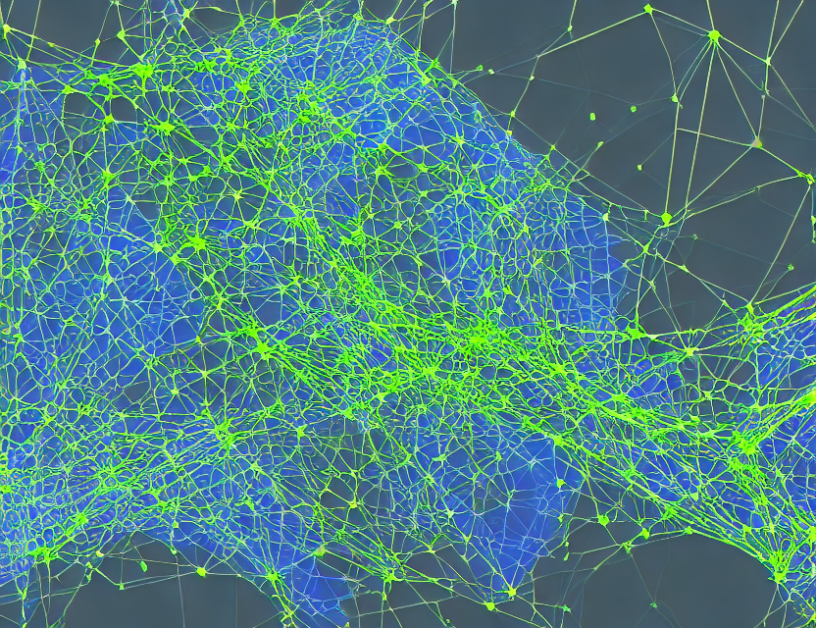In this article, we present a novel method for predicting links between scientific articles based on community detection and graph neural network techniques. The proposed approach leverages the power of deep learning to analyze complex networks and identify patterns that are difficult to detect using traditional methods. By integrating community detection and graph neural network algorithms, our method can accurately predict links between articles even when the connections are not obvious.
To understand how this works, imagine a large library with millions of books, each representing an article in scientific literature. The books are placed on shelves based on their subject matter, creating communities or clusters of similar articles. Our approach uses a special algorithm to group these books into communities, allowing us to identify patterns and relationships between them that may not be immediately apparent.
Once the books are grouped into communities, we use a deep learning technique called graph neural network to analyze the connections between them. This allows us to predict whether there is a possibility of an edge between two books (articles) that are not directly connected in the network. The predicted edges are then used to identify new connections and enhance the overall network structure.
The proposed method is evaluated using a dataset of scientific articles from various fields, including computer science, biology, and physics. The results show that our approach outperforms traditional link prediction methods in terms of accuracy and computational efficiency.
In summary, this article presents a powerful new method for predicting links between scientific articles based on community detection and graph neural network techniques. By leveraging the power of deep learning, we can accurately identify patterns and connections in complex networks, enabling us to make more informed decisions in scientific research.
Computer Science, Social and Information Networks
Combining Community Detection and Graph Neural Networks for Link Prediction in Scientific Literature



